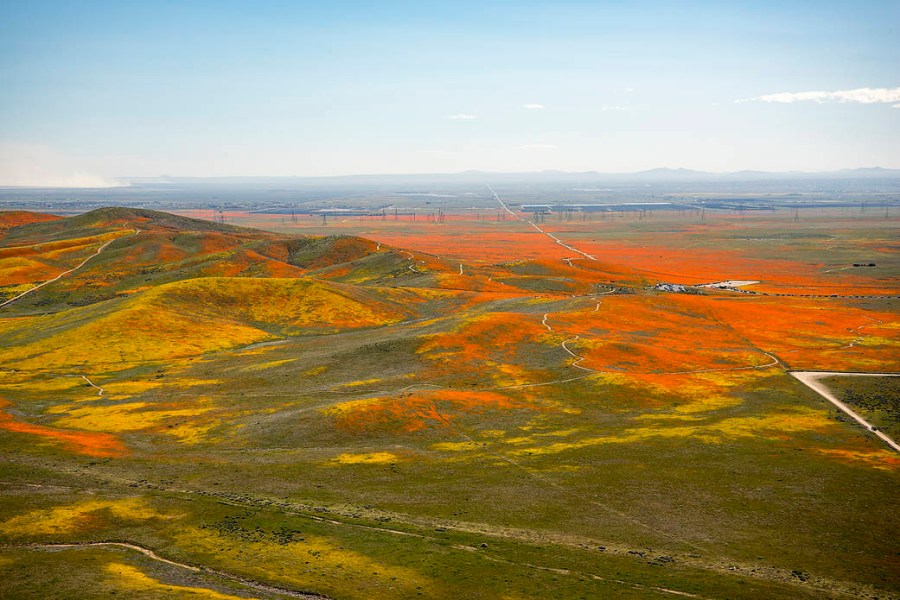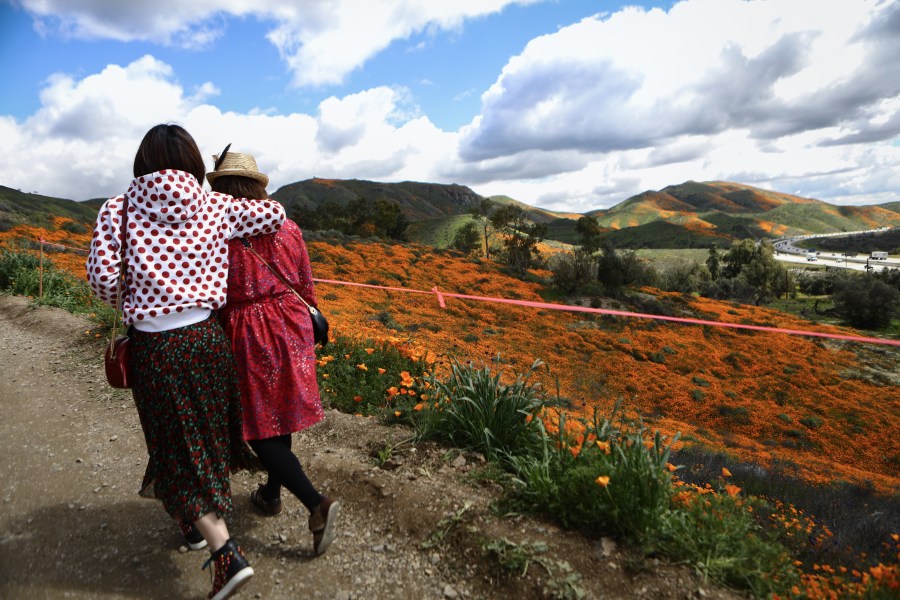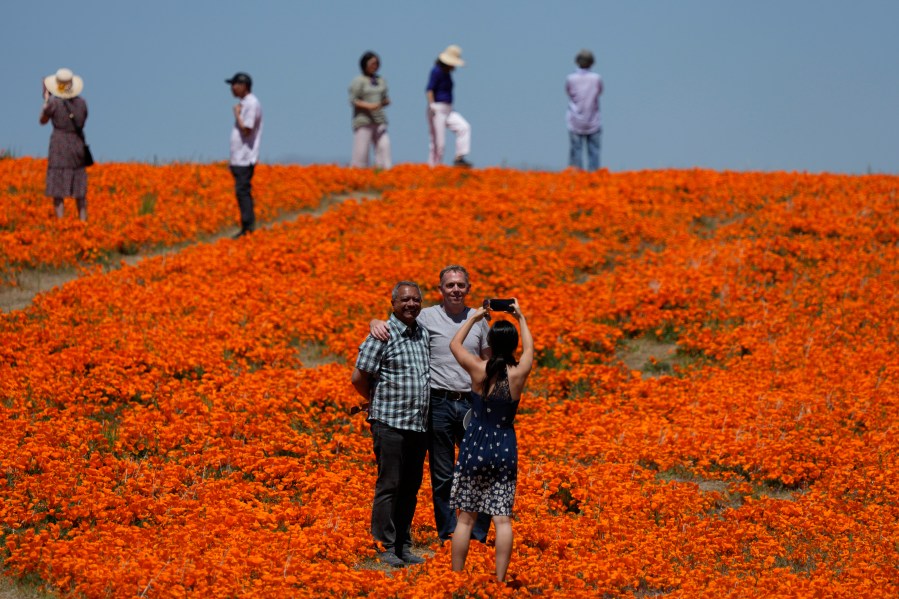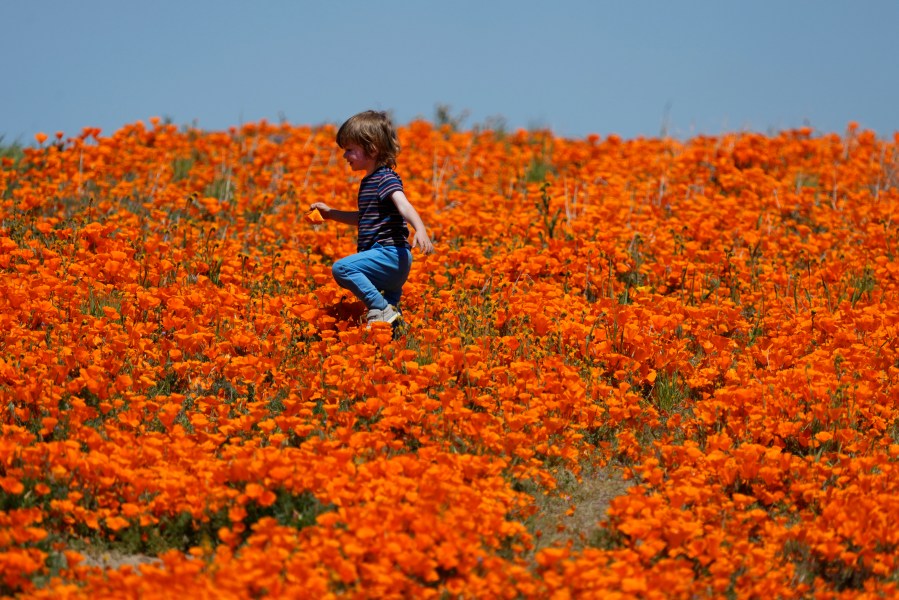With California’s historic wet winter firmly in the rearview mirror, many Californians are flocking to state parks to catch a glimpse of the spectacular superbloom.
Many wildflowers have sprouted all at once, providing plenty of beautiful photo opportunities throughout the Golden State.
The California Department of Parks and Recreation is recommending several places for people to see the colorful superbloom in person.
Southern California
- Anza-Borrego Desert State Park
- Antelope Valley California Poppy Reserve
- Chino Hills State Park
- Colonel Allensworth State Historic Park
- Eastern Kern County Onyx Ranch State Vehicular Recreation Area
- Red Rock Canyon State Park
- Tule Elk State Natural Reserve
Northern California
- Mount Tamalpais State Park
- China Camp State Park
- Trione-Annadel State Park
- Sugarloaf Ridge State Park
Lake Elsinore, a popular spot to view the superbloom, is closed to visitors this year to ensure “the safety of public land and wildlife,” the city said. Officials want to prevent the chaos that ensued as crowds swarmed the area four years ago.
Those hoping to spot a glimpse of the superbloom at Lake Elsinore can still do so, but from a distance. Those arriving near the canyon trailhead will be greeted with “No Parking” signs and gates preventing access. Those who trespass on the area can receive a citation, officials warned.
For people visiting the Antelope Valley California Poppy Reserve, there are a few rules. Officials want people to stay on the marked trails, not to pick or step on the poppies and to not bring their dogs since they aren’t allowed in the area.
California’s last superbloom was in 2019, with experts saying it was so large that it could be seen from space.
Experts have said that this year superbloom can be seen from space as well.





















